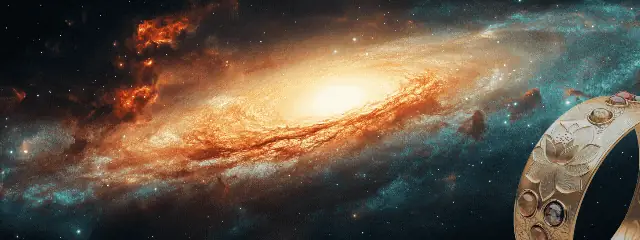| doctor | Wang Huai-yin |
Wang Huai-yin (circa 925–997 AD) was a native of Suiyang, Songzhou (now south of Shangqiu, Henan Province). Initially a Taoist priest residing at the Jianlong Temple in the capital city of Kaifeng, he was skilled in medicine. At the beginning of the Taiping Xingguo era, he was ordered to return to secular life and was appointed as the Imperial Medicinal Attendant, later rising to the position of Imperial Medical Officer. He served in the capital until his death. After Emperor Taizong of Song ascended the throne, he ordered Wang Huai-yin and three others to compile over a thousand famous prescriptions, which they edited and categorized. Each section was prefaced with relevant discussions from the Zhubing Yuanhou Lun by the Sui Dynasty Imperial Physician Chao Yuan-fang, followed by the prescriptions. This work, completed in the third year of the Chunhua era (992 AD), comprised 100 volumes. Emperor Taizong personally wrote the preface, and the book was titled Taiping Shenghui Fang, containing 1,670 categories and 16,834 prescriptions.
Wang Huai-yin and his colleagues "searched for the subtle, sought the marvelous, deleted the redundant, and explored the essential," compiling the Taiping Shenghui Fang. The book emphasized that doctors must differentiate between yin-yang, deficiency and excess, cold and heat, and exterior and interior when treating diseases, ensuring that prescriptions are tailored to the symptoms and medicines are applied accordingly. It also discussed the relationships between etiology, pathology, symptoms, and medicinal formulas. Wang and his team adopted a classification system based on zang-fu organs and various medical conditions, presenting theories first and then prescriptions. Under each category, they first cited the theories from the Zhubing Yuanhou Lun as a general introduction, followed by a collection of prescriptions. This approach reflected a comprehensive system of pattern identification and treatment, integrating theory, method, prescription, and medicine, and held significant clinical value.
Wang and his colleagues placed great importance on zang-fu organ diseases, listing them at the forefront of the various diseases covered. They discussed the physiology and pathology of the zang-fu organs, as well as the symptoms and treatments for deficiency, excess, cold, and heat conditions. This included 13 prescriptions for liver and gallbladder diseases, 14 for heart and small intestine disorders, 18 for spleen and stomach disorders, 14 for lung and large intestine disorders, and 16 for kidney and bladder disorders. They applied different treatments based on the specific symptoms within each category, providing a clear and detailed framework. For the five zang organs, Wang and his team clearly categorized the medicinal uses, including 28 types for the liver (such as Hedge Prinsepia Nut), 23 for the heart (such as Ophiopogon Tuber), 25 for the spleen (such as Astragalus Root), 26 for the lungs (such as Coltsfoot Flower), and 21 for the kidneys (such as Desertliving Cistanche). This classification method had a significant influence on later physicians. Wang and his colleagues also summarized 95 common medicinal treatments for various diseases and introduced some rarely used or previously unused drugs. Wang made notable achievements in the fields of meridians, collaterals, acupoints, acupuncture, and moxibustion. They also emphasized the importance of medical ethics and the cultivation of medical skills, stating that scholars must explore classical texts, discern the good from the bad, and tirelessly seek knowledge. Their requirements for medical cultivation remain highly relevant today.
Wang and his colleagues' compilation of the Taiping Shenghui Fang summarized the relevant contents of various medical texts from the Tang and Song periods and the medical experiences of the general population. It served as both a collection of proven prescriptions and a comprehensive medical masterpiece. Rich in content and unified in theoretical perspective, it holds significant value for both literature research and clinical practice in Chinese medicine.






